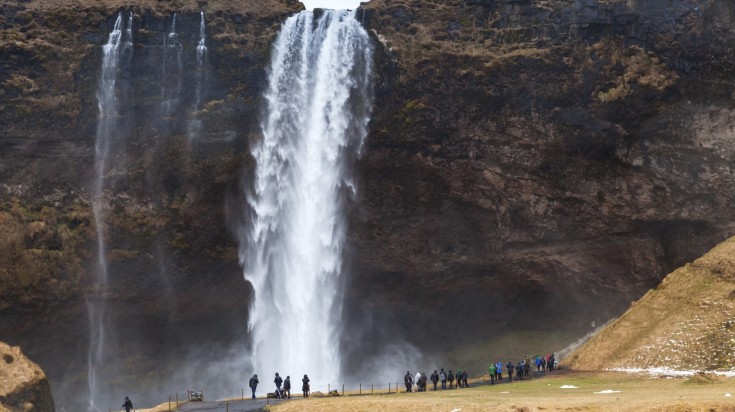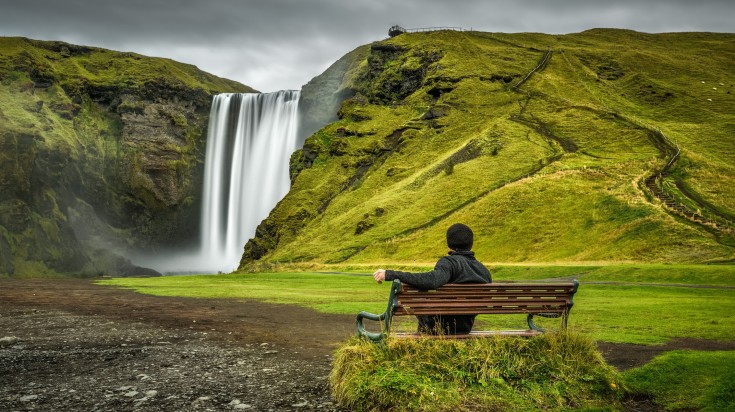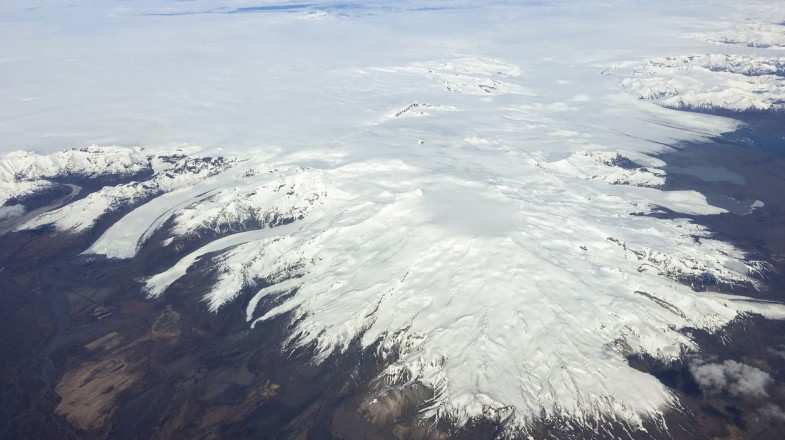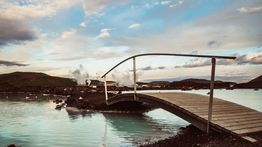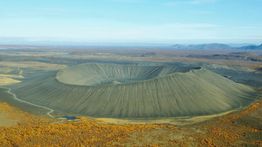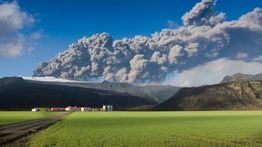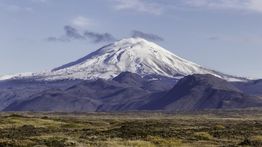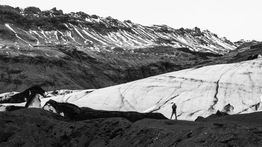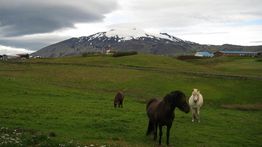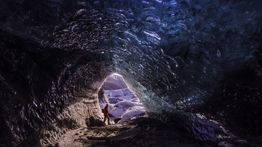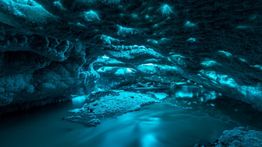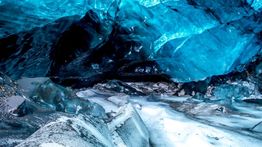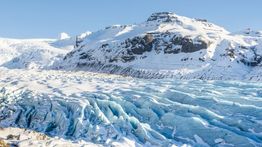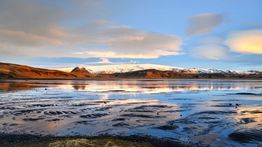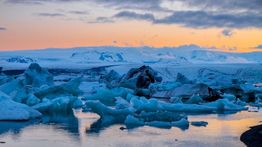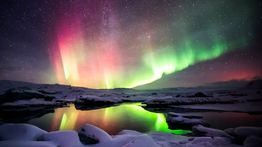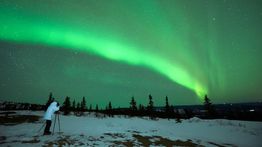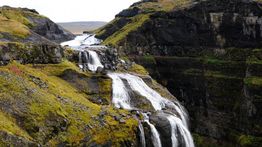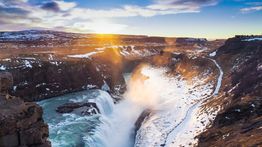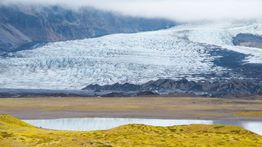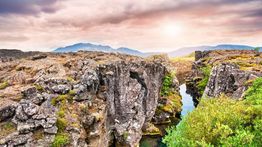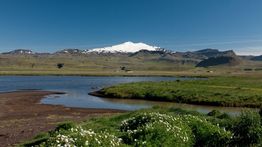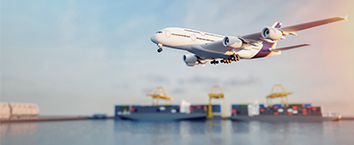Öræfajökull Volcano: Iceland’s Volatile Peak
The Öræfajökull volcano on Iceland's south-east coast is a name you might have heard quite frequently in the media this last little while. That is because scientists predict that this volatile peak might erupt at any moment!
Öræfajökull is one of Iceland’s many ice-capped volcanoes. As Iceland’s largest active volcano and Europe’s second largest volcano (second only to Mt Etna in Sicily), Öræfajökull is constantly kept under close surveillance. There are at least two known records of the Öræfajökull volcano erupting: an explosive eruption in 1362, which totally destroyed the nearby district formerly known as Litla-Hérað, followed by a smaller eruption in the late 1720s. In 2017, increased earthquake activity was noticed. Most recently, an ice-cauldron (also called a caldera) appears to have formed in Öræfajökull volcano’s main crater, and the smell of sulphur can be detected in the air nearby.
While a potential eruption cannot easily be predicted (and may sound a bit frightening), there is no need to fear. Volcanoes often show increasing geothermal activity for years prior to an eruption. At the time of writing this article, a yellow warning has been issued for the volcano —more of a safety precaution than anything else as scientists are unsure of the Öræfajökull volcano’s eruption habits. All the same, tourists continue to flock to the area, particularly in the summer months.
This fascinating volcano is incredibly impressive and well worth a visit during your trip to Iceland — particularly if you’re a bit of a geology geek! If a visit to Öræfajökull is on your bucket list, here is everything you need to know to make it totally worthwhile.
- Trish C.
- From USA
Oreafajokull Volcano: At a glance
- The name Öræfajökull means “wasteland” or “wasteland glacier volcano” when translated into English. It gets its name from the previous destruction it has caused in the area.
- The ice-covered Öræfajökull volcano is technically part of Vatnajökull glacier — Iceland’s largest and most voluminous ice cap, and its surrounding national park.
- When it erupted in 1362, Öræfajökull spewed out about 10 cubic km of material, making the surrounding district completely uninhabitable for about 40 years.
- Today, the real danger comes not necessarily from ash and tephra, but from flooding. If Öræfajökull decides to erupt, it can cause the ice above the caldera to melt — ice that is some 550 m thick! This could cause massive flooding in the area around the volcano, with waters reaching the coastline in just 20 minutes. The Icelandic term for this type of flood is “jökulhlaup”.
- Luckily, only two people live within 9 kilometers of the Öræfajökull volcano (in stark comparison to the 75,000 people living in a six-mile vicinity of Mount Agung, which recently erupted in Indonesia).
- From Oraefajokull’s peak, you can see incredible views of Iceland’s Ring Road between Hofn, a small fishing town near the Hornafjörður fjord, and the famous black sandy beaches of Vik.
- On the summit crater’s north-western rim you will find Iceland’s highest peak — Hvannadalshnúkur — which stands at an impressive 2,110 metres high.
- You’re probably wondering how to pronounce Oraefajokull! While it is often difficult for non-native speakers (scientists included!) to pronounce Icelandic words, we think you can give it a try. It sounds a little like “er-aye-wa-yo-kul”.
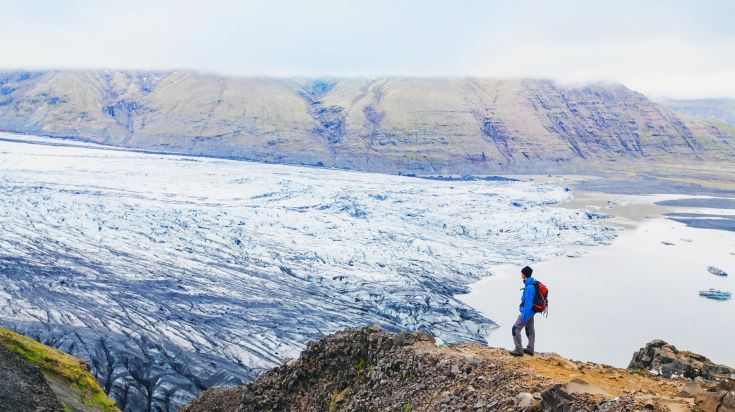

Things to do at Öræfajökull volcano
- Skiing is a very popular winter activity at Öræfajökull and the surrounding area around the Vatnajökull glacier. Grab a pair of skis and try your best to slide your way down the slopes of Hvannadalshnúkur — Iceland’s highest peak and part of the Öræfajökull glacier.
- Year round, Öræfajökull is great for walkers and climbers. As previously mentioned, standing atop the glacier offers incredible views of Iceland’s south-east coast, all the way down to the country’s gorgeous black sand beaches along the coast. However, reaching the peak isn’t always an easy feat! Stamina is required to reach the top. Guided tours are often available year-round, and are great for those without much hiking experience.
- Some Icelandic tour companies, particularly those catering to adventure-seekers and adrenaline-junkies, offer personalized, private tours of many of the country’s glaciers. Check them out for glacier hikes and even glacial lagoon boat trips. Öræfajökull and the Vatnajökull glacier is such a large area that you could spend several days just exploring what it has to offer.
How to get there
Öræfajökull volcano is located on Iceland’s south coast, one of the country’s most popular areas for tourism as it is full of black sand beaches, glaciers, and other natural wonders. To get to Öræfajökull from Reykjavik (as with the majority of Iceland’s popular sites), you must follow the Ring Road (Road 1). Leaving Reykjavik, head south-east along the route. You will pass many popular sights that are well worth a visit along the way, including Selfoss (with a slight detour to Seljalandsfoss), Skogafoss (another of Iceland’s popular waterfalls) and the famous Vik beach.
The drive is about 320 kilometres — a fairly lengthy drive that will take about four hours. Turn left when you reach the signs for Skaftafell National Park, as this is where you will find access to the Öræfajökull volcano.
